



Using high-velocity equipment to clean outdoor surfaces demands caution, particularly regarding fragile elements such as glass. From my extensive background in the cleaning devices sector, I can state unequivocally that the risk of splintering glass is not negligible. Typically, machines operating at pressures above 2000 PSI can generate enough force to impact weaker glass materials, causing them to crack or shatter.
Different types of glass exhibit varying resistance levels to such forces. For instance, standard residential windows, which often utilise single or double-pane glass, are more susceptible to damage compared to tempered or low-E glass variants that provide increased durability. When directing water jets, pay attention to the angle and distance of application. Maintaining a distance of at least 3 to 4 feet can help mitigate damage, while obscure angles could amplify impact force.
I recommend always assessing the specific type of glass you’re cleaning. If there are any double-paned windows or those with protective films, err on the side of caution. Performing a test spray on an inconspicuous area and observing the results can guide you. Prioritising a thorough yet safe approach ensures cleanliness without compromising your glass surfaces.
Can a High-Pressure Cleaner Damage Glass?
It is possible for a high-pressure cleaner to cause harm to glass surfaces, particularly if the device is set to an inappropriate level or if the nozzle is positioned too close to the glass. High-velocity jets can act as a concentrated force, which might lead to cracks or shattering, especially with older or weaker glass types.
Key Factors Contributing to Damage
Several variables influence the risk of glass breakage:
| Factor | Description |
|---|---|
| Distance | Maintain at least 2 to 3 feet distance between the nozzle and the glass to avoid direct impact. |
| Pressure Setting | Select a low-pressure setting to reduce the force exerted on the glass. |
| Angle of Spray | Position the spray at a 45-degree angle to minimise direct force on the glass surface. |
| Glass Condition | Inspect for existing cracks or weakness before cleaning; damaged glass is more vulnerable. |
Recommendations for Safe Use
To prevent potential damage, consider the following practices:
Always start with a lower pressure, gradually increasing it only if necessary. Inspect the glass for any imperfections beforehand. Adjust the spray angle and distance to optimise cleaning while safeguarding the glass integrity. For particularly delicate surfaces, alternative cleaning methods may be preferable.
Understanding Pressure Washer Specifications
The first step in choosing a suitable cleaning device is evaluating its specifications. The most critical metric to consider is the pressure rating, measured in PSI (pounds per square inch). For tasks like removing grime from hard surfaces, a range of 1500 to 2000 PSI is typically adequate. Higher ratings are best reserved for tougher jobs, but they come with the risk of damaging fragile materials.
Next is the flow rate, measured in GPM (gallons per minute). A higher GPM indicates a more significant volume of water used, enhancing cleaning efficiency. Generally, a flow rate of 1.5 to 2.5 GPM is suitable for most domestic tasks. Remember, excessive volume can lead to oversaturation, which may be detrimental to some surfaces.
Examine the nozzle types and their impact on cleaning performance. Different nozzles alter the spray pattern and intensity. A 0-degree nozzle delivers a concentrated stream, suitable for tough stains, while a 25-degree nozzle balances pressure and area coverage, making it versatile for various surfaces.
Always consider the power source. Electric machines are quieter and more portable, yet gas models offer more power and are ideal for larger areas or tougher jobs. Look at the weight and mobility features, as portability can greatly influence usability, especially during extended cleaning tasks.
Lastly, take note of additional features such as adjustable pressure settings, detergent tanks, and ease of maintenance. Each model differs, and knowing the specifications will guide you toward a choice that aligns with your specific needs and prevents unintentional damage during cleaning tasks.
Common Types of Glass Panes and Their Resilience
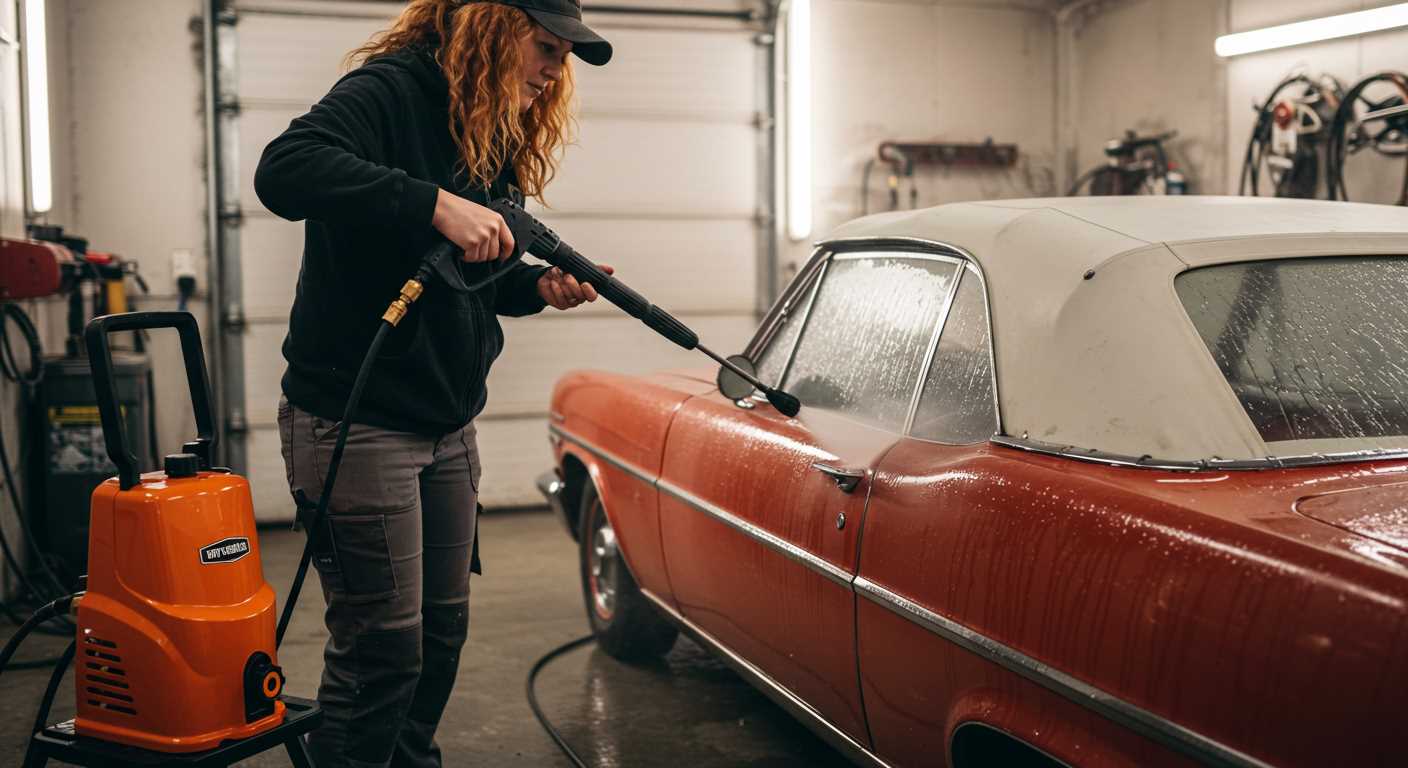
Tempered glass stands out for its impressive durability. Manufactured through a heating and rapid cooling process, it offers enhanced resistance to impact and thermal stress. This type of glass is often used in areas where safety is paramount, such as in shower doors or glass railings.
Laminated glass, known for its ability to hold together even when shattered, is composed of two or more layers bonded with an interlayer. This not only provides security against breakage but also offers sound insulation, making it ideal for properties near busy streets.
Single-pane glass, while common in older constructions, has limited strength and thermal insulation capabilities. It’s more vulnerable to damage from external forces, such as adverse weather conditions or high-velocity streams of water.
Double-glazing incorporates two panes, greatly improving thermal efficiency and soundproofing. This type is less likely to suffer from damage compared to its single-pane counterpart, though it can still be affected by excessive force.
Hurricane-rated glass is designed specifically to withstand severe weather. It combines the features of tempered and laminated glass, ensuring protection from high winds and debris. This is a prime choice in areas prone to extreme storms.
Lastly, acrylic panels, while lighter and shatter-resistant, do have a tendency to scratch more easily than traditional glass. They are often used in applications where weight is a concern, but care should be taken to avoid abrasive cleaning methods.
Pressure Settings: What Can Cause Glass Damage?
To prevent damage to glass surfaces, adhere to low-pressure settings, typically below 1400 PSI, when cleaning near these materials. Higher settings can generate excessive force, increasing the risk of cracks or shatters, especially in older or single-pane constructions.
Focus on maintaining a suitable distance from the glass while operating the device. A range of 3 to 4 feet often mitigates impact. Sudden bursts directed at the same spot may concentrate stress, elevating damage chances.
Utilising narrow nozzles amplifies water’s impact force, which may be beneficial for heavy debris but hazardous for fragile surfaces. Instead, opt for wide-angle nozzles that diffuse the spray over a larger area, reducing strain on the glass.
Be aware that temperature can influence glass toughness. Cold glass is more susceptible to cracking; thus, it’s advisable to refrain from using heated water on chilled windows. Also, always assess the condition of the glass before cleaning. Pre-existing imperfections can serve as weak points for the application of high pressure.
Different types of glass exhibit varying resilience. Tempered glass withstands more stress than standard panels, but even it can succumb to acute pressure. Always assess the specific type of glass before engaging in any cleaning process.
Distance from Window: How It Affects Impact
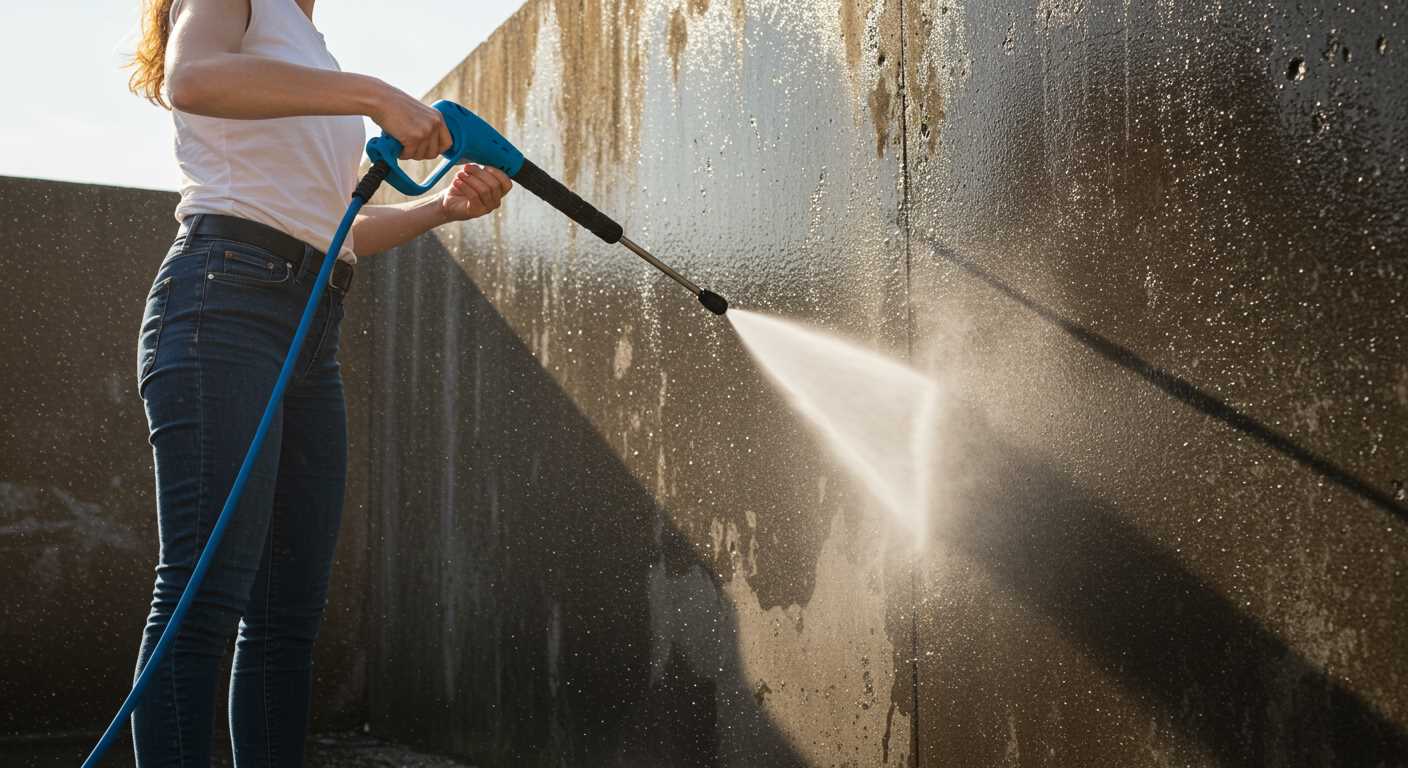
The distance you maintain from the glass significantly influences the likelihood of causing damage. Generally, keeping a minimum of 3 to 5 feet away will reduce the force of the water jet against the surface, which in most cases prevents any significant risk of shattering or cracking.
Variable Impact Based on Proximity
As I’ve observed in my years of experience, a closer approach–particularly within 2 feet–can exponentially increase the impact. The pressure exerted on such a small area of glass translates into heightened vulnerability, particularly for older or more fragile panes. It’s advisable to adjust your standing position based on the nozzle type and the intensity setting of the equipment.
Adjusting the Technique
If you find yourself within a risky distance, employ a fan spray or wider nozzle to disperse the stream. This method not only lessens the concentrated force but also broadens the coverage area, minimising risk to the glass. Always check before starting to ensure that any potentially fragile structures are adequately protected.
Water Temperature and Its Role in Glass Breakage
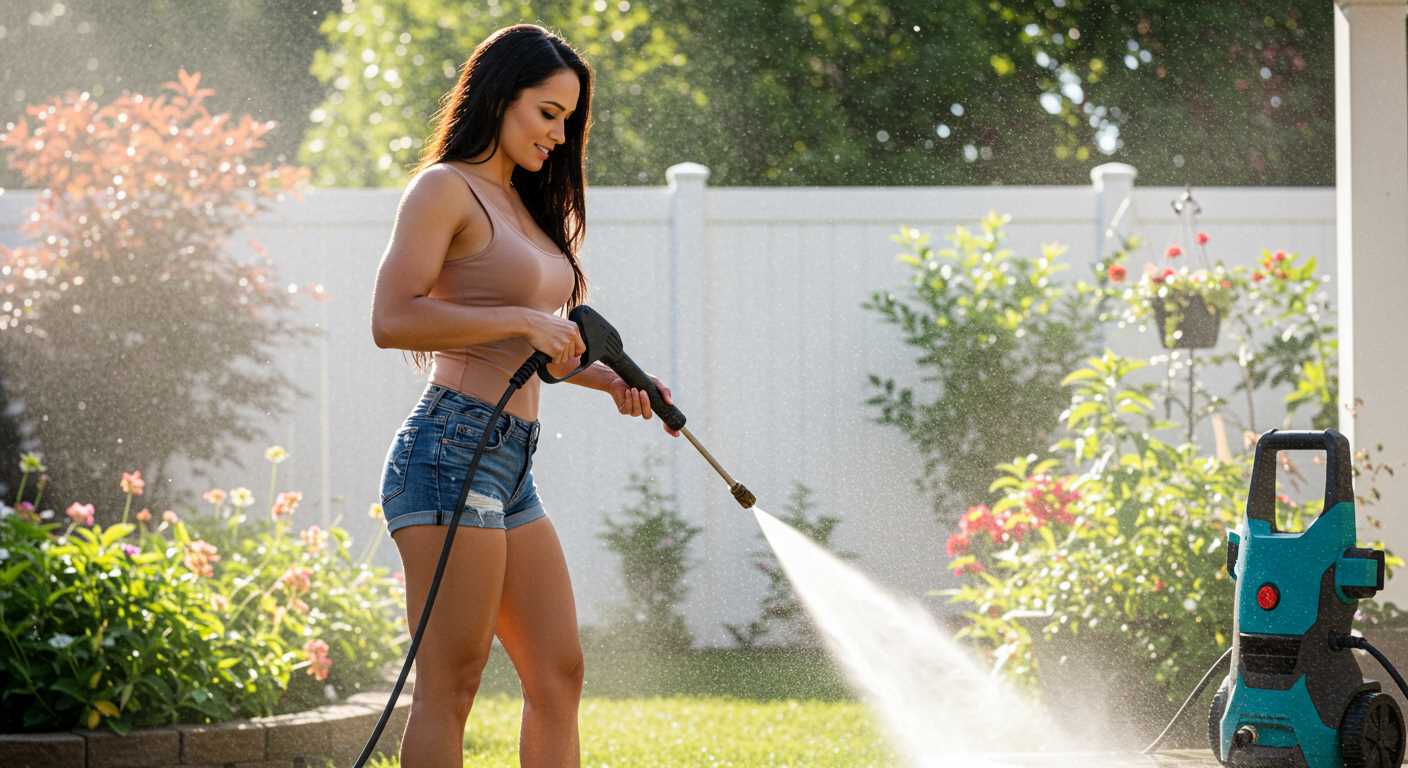
The temperature of the water used in cleaning can significantly influence the integrity of glass surfaces. High temperatures, particularly those exceeding 60°C, may create thermal stress, potentially weakening the glass structure. I recommend keeping water temperatures below this threshold to mitigate the risk of damage.
When hot water makes contact with cooler glass, it can lead to uneven expansion. This unevenness is a key factor in creating microscopic fractures that can escalate into cracks or shattering. In my experience testing various models of cleaning equipment, I have observed that even rapid temperature changes can induce stress points in glass panes, especially in older or already compromised windows.
For effective cleaning while preserving the integrity of the glass, a consistent temperature within a moderate range is optimal. Aim for lukewarm water, ideally around 30-40°C, which is sufficient for removing dirt and grime while reducing the risk of thermal shock. If you must use higher temperatures for specific stains, do so with caution and maintain a safe distance.
Additionally, I have noticed that certain types of glass are more susceptible to thermal stress than others. For example, tempered glass can withstand greater temperature fluctuations compared to standard panes. However, caution should still be exercised when using heated fluids, as improper application can lead to unforeseen damage.
In conclusion, monitoring water temperature plays a pivotal role in preventing glass-related accidents during cleaning operations. Adhering to safe temperature guidelines not only protects the glass but also enhances the overall effectiveness of the cleaning process.
Tips for Safe Pressure Washing Around Glass
Always set the unit to a lower setting when working near glass surfaces. A moderate level reduces the risk of causing harm while still providing adequate cleaning power.
Use a Fan Spray Nozzle
Opt for a fan spray nozzle instead of a pinpoint one. The wider dispersion of water reduces the impact on delicate surfaces, minimising the chance of damage.
Maintain Adequate Distance
Maintain a distance of at least three feet from the glass. This ensures that the force of the water is significantly decreased before it reaches the surface, decreasing the likelihood of shattering.
Conduct tests on an inconspicuous area first to evaluate durability and the effectiveness of the cleaning method. This practical approach helps to decide on the best pressure and cleaning techniques for your scenario.
Signs of Potential Window Damage During Cleaning
Look for these indicators while rinsing to identify possible harm to glass surfaces:
- Cracks or Fractures: Inspect closely for any visible splits or lines in the glass. Any existing damage could be exacerbated.
- Haziness or Fogging: A foggy appearance may indicate that the seal has been compromised, allowing moisture to enter between layers.
- Chips or Pitted Areas: Examine edges and corners of the panes for small chips, as these can weaken structural integrity when subjected to intense water streams.
Operational Adjustments to Watch For
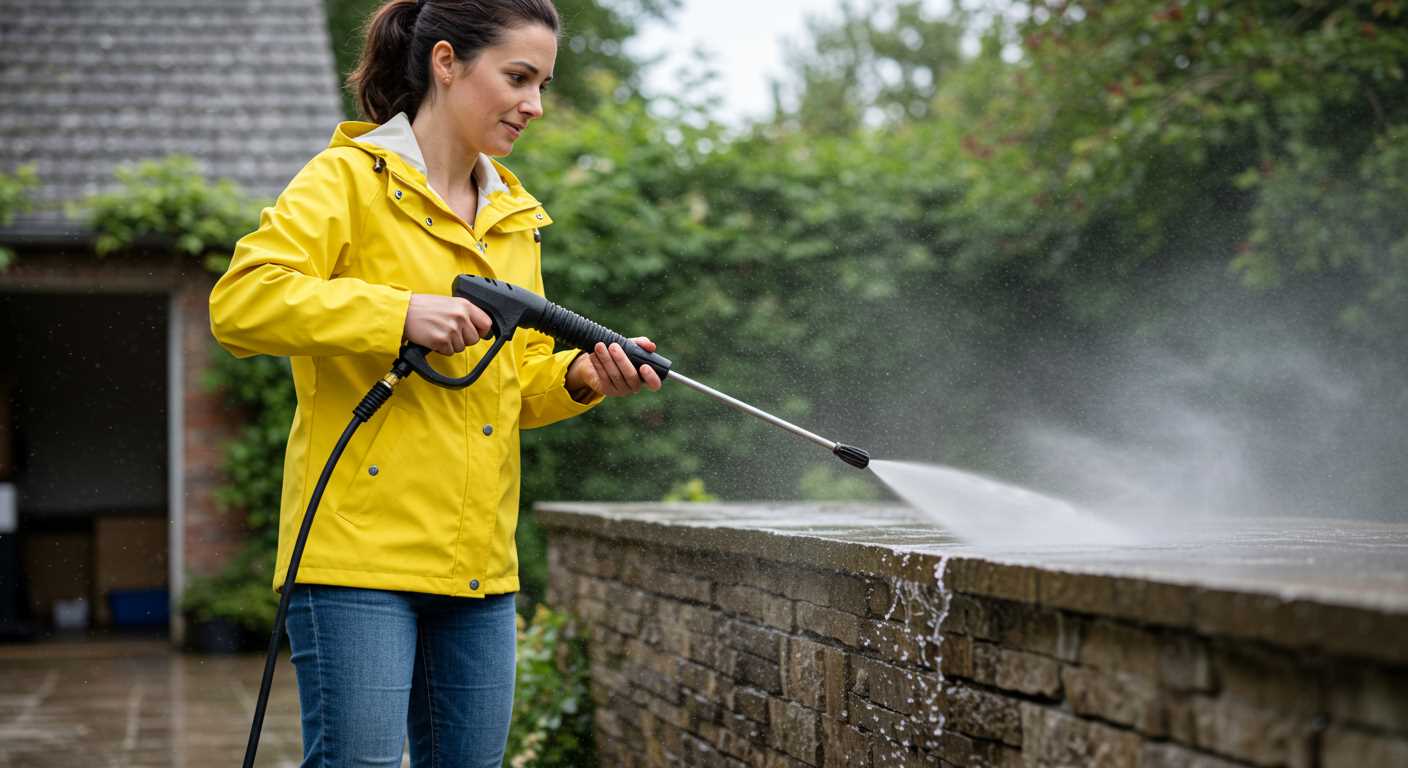
Monitor these elements during the cleaning operation:
- Water Direction: Ensure that the nozzle is not aimed at angles that could direct force directly at already vulnerable spots.
- Speed of Movement: Quick, jerking motions can increase the risk of unintended impacts on the glass.
- Consistency in Distance: Maintain a steady distance from the surface to diminish concentrated force that can lead to damage.
By remaining vigilant to these signs, I have found it significantly reduces the chances of compromising the integrity of glass fixtures during cleaning tasks. Prioritise care over speed for best results.
First Steps If a Window Is Damaged by a High-Pressure Cleaner
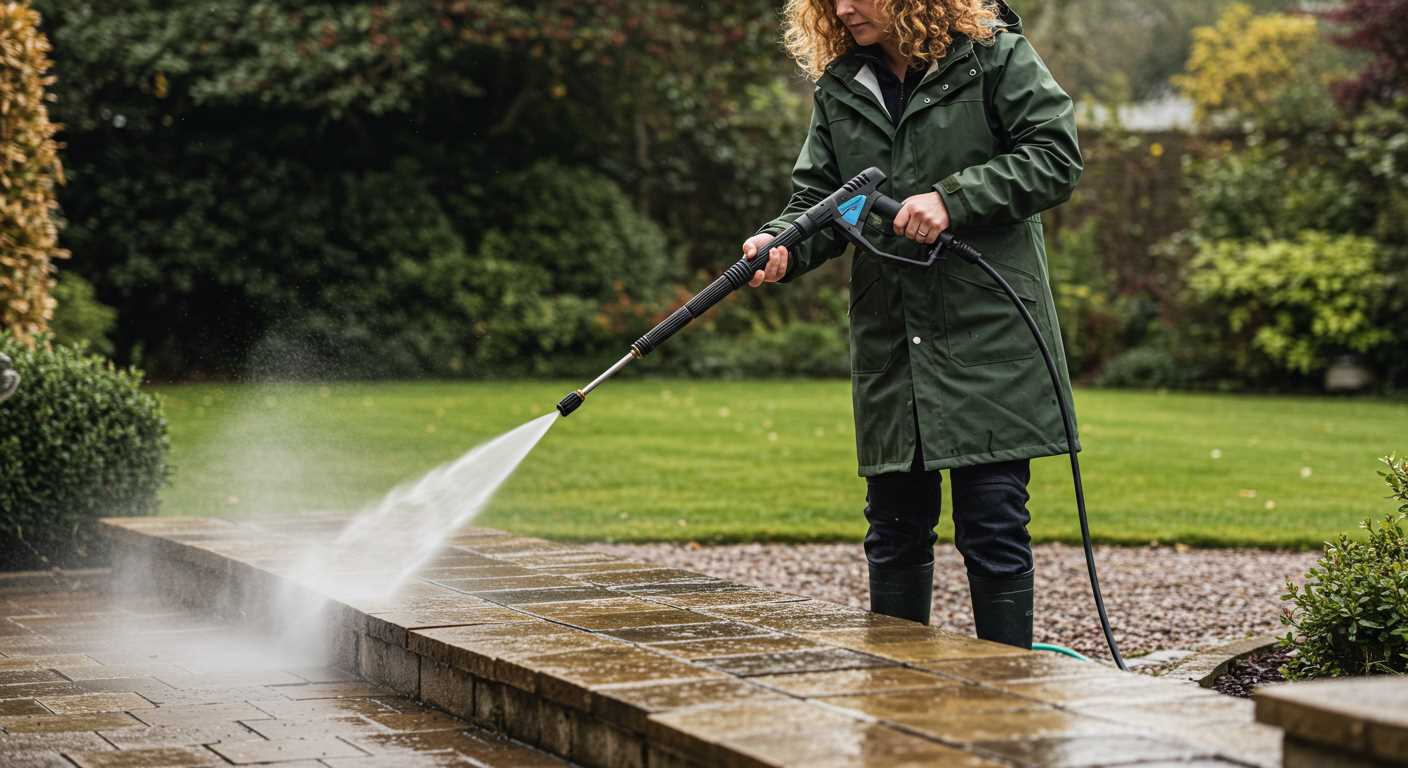
Immediately assess the situation. Turn off the cleaner to prevent further incidents and inspect the area for any risks, like jagged glass fragments.
Next, ensure safety. Use thick gloves to protect your hands and safety goggles to shield your eyes. If the window is shattered, consider evacuating the area until the debris is contained.
Secure the premises. Cover any exposed areas with plastic sheeting or board to prevent weather intrusion or injury from sharp edges.
Document the damage thoroughly. Take photos from various angles, including close-ups of the cracks or breaks, which will be useful for insurance claims.
Contact professionals. Reach out to a glass repair service to handle the recovery. Provide them with all relevant information, including the specifics of the cleaning procedure that led to the damage.
Inform your insurance provider about the incident, especially if repairs will be costly. Have your documentation ready to smooth the claims process.
Reflect on safety protocols. Review your cleaning equipment and methods to prevent similar occurrences in the future. Evaluate the pressure settings and distance from delicate surfaces during the next cleaning task.







